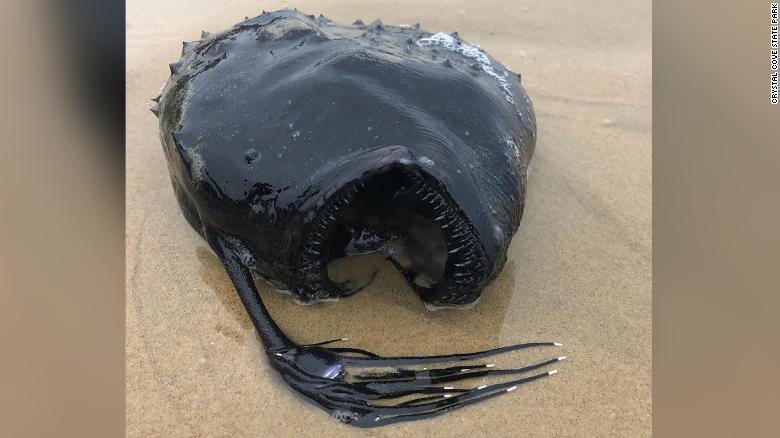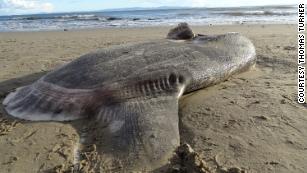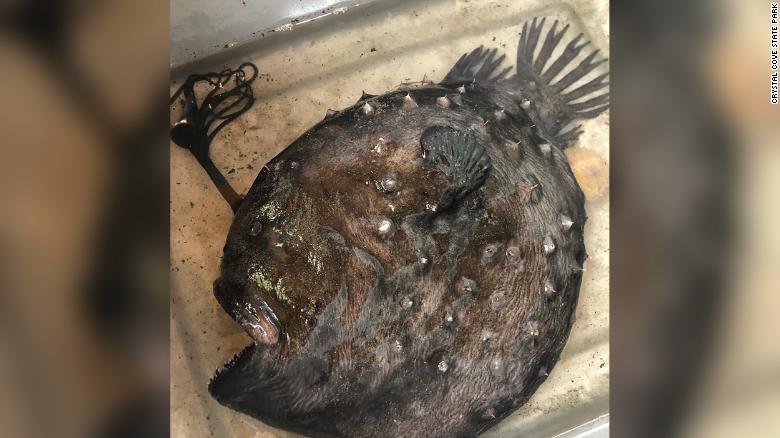Scientists monitoring the ruins of the Chernobyl nuclear power plant in Ukraine have seen a surge in fission reactions in an inaccessible chamber within the complex. They are now investigating whether the problem will stabilise or require a dangerous and difficult intervention to prevent a runaway nuclear reaction.
The
explosion at Chernobyl in 1986 brought down walls and sealed off many rooms and corridors. Tonnes of fissile material from the interior of a reactor were strewn throughout the facility and the heat it generated
melted sand from the reactor walls with concrete and steel to form lava-like and intensely radioactive substances that oozed into lower floors.
One chamber, known as subreactor room 305/2, is thought to contain large amounts of this material, but it is inaccessible and hasn’t been seen by human or robotic eyes since the disaster.
Now, researchers have seen a spike in neutron emissions from the room, with levels increasing around 40 per cent since the start of 2016. This points to a growing
nuclear fission reaction, so researchers are trying to determine if this surge will fizzle out, as previous spikes in other parts of the ruins have done, or whether they will need to find a way to access the room and intervene.
Neil Hyatt at the University of Sheffield, UK, who studies nuclear waste disposal, likens the situation to “embers in a barbecue pit” and says “it’s a reminder to us that it’s not a problem solved, it’s a problem stabilised”.
One suggestion for why this is happening is that a
new structure placed over the ruined reactor in 2016 is causing the plant to dry out. When uranium or plutonium fuel decay radioactively, they emit neutrons, which can promote a fission reaction if the neutrons are captured by another radioactive nuclei. However, large amounts of water slow these neutrons down, preventing them from being captured.
The original shelter, which was hurriedly constructed over the reactor in the months following the accident, was riddled with holes that allowed rainwater and birds inside. If the rainwater was helping to suppress reactions in room 305/2, its absence due to the new structure could mean there is no longer enough water in the room to sufficiently slow neutrons down. Equally there could still be enough water left to cause problems, because if the room fully dries out, the neutrons would then be too fast to be captured, also preventing fission. So the water could be at this critical level.
“We’re talking about very low rates of fission, so it’s not like a fizzing nuclear reactor,” says Hyatt. “And our estimation of fissile material in that room means that we can be fairly confident that you’re not going to get such rapid release of nuclear energy that you have an explosion. But we don’t know for sure.”
“We have seen excursions like this before with other fuel debris. The neutron base rate has increased, stabilised and decreased again. That’s obviously what we hope might happen,” he says.
Hyatt says that the situation is “cause for concern but not alarm”, but that if the rate of neutron production continues to increase, researchers may need to intervene. This could involve drilling into the room and spraying it with a fluid containing a substance such as gadolinium nitrate, which would soak up excess neutrons and choke the fission reaction.
Maxim Saveliev worked on more recent confinement of Chernobyl and later joined the Institute for Safety Problems of Nuclear Power Plants National Academy of Sciences of Ukraine. He says that precise monitoring is difficult because there is no neutron sensor near the room in question, and scientists have no idea what material lies between their sensors and the melted fuel, making it hard to predict the exact scale of the problem. “We have only assumptions,” he says.
Saveliev says that robots should be used to get as close as possible to room 305/2 to install neutron and temperature sensors and, if possible, take samples of the lava-like material and install a solid neutron absorber, such as gadolinium in metal form.
That sentence isn't a good one to take out of context.














 .
.


